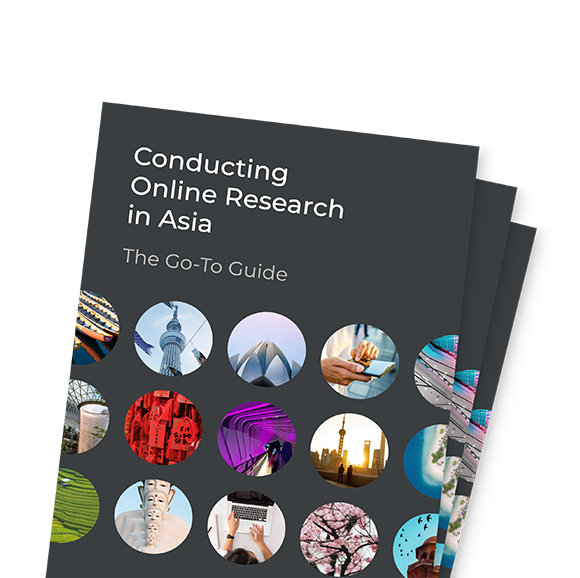Shopper research.
Maximising conversion in-store and online.

The influences on shoppers’ behaviour are complex and vast. By exploring the path to purchase, and pinpointing the moments that have the greatest impact, we can uncover new opportunities for your brand.
By drawing on a range of methodologies, we provide rich insights about how your current and target customers shop the category across different channels. What products do they currently buy? What are the motivations that are driving these purchases? And what does the decision-making process look like?
By providing a detailed picture of the key influences on purchase behaviour and the barriers to conversion, we can help you maximise sales in-store and online.
Understanding customer behaviour is just the beginning of the journey. In the increasingly omnichannel retail world, we also help you map out the entire customer journey – from initial awareness and consideration to purchase and post-purchase engagement. This comprehensive approach enables you to understand the touchpoints influencing customer decisions and shaping the customer experience at each stage.
Leveraging advanced analytics tools, we can identify key customer segments and their preferred channels, helping you effectively target your marketing and sales efforts. We study the dynamics of different platforms – whether that’s a physical store or an e-commerce website – and provide you with insights on how to optimise each for maximum conversions.
Lastly, we always keep a close eye on the future. Our experts constantly monitor emerging retail trends, new technologies, and shifts in consumer behaviour, allowing us to provide you with forward-looking insights. These insights enable you to stay ahead of the curve, adapt your strategies in a timely manner, and continue to meet your customers’ evolving needs and expectations.
The impact shopper research can have on your business:
Refine your packaging
Guided by a rich understanding of the motivations that drive purchase, we can help you improve your packaging so that it better resonates with target customers.
Increase the effectiveness of your point of sale materials
We’ll work with you to determine the role your in-store marketing plays, finding ways to maximise its impact.
Optimise your position in-store
By understanding how shoppers navigate the store, we can find the best place for your brand.
Our customers
View all case studies








The global boutique for data and insight
Our global footprint makes us the go-to partner for international market research. We offer all qualitative and quantitative methodologies across our office network and beyond.
Conducting online market research in Asia: The Go-To Guide
What online methodologies work best in India? How do you get the most out of respondents through digital methodologies in China? Experts across our global boutique share best practice tips and techniques for conducting online market research in Asia Pacific.
Download the guide now
Sectors we serve
With over 30 years in the business of market research, we have extensive experience and a depth of knowledge across a range of sectors.
We bring this to bear to design the very best approach to meet your objectives.


The team go the extra mile to make sure all the details are covered and to ensure the successful completion of our projects. Kadence always put the client’s priorities and perspectives ahead of anything else and create an experience that reflects our marketing needs / goals.
Corporate Communications / Public Relations
Brand Management Department
Panasonic – Singapore
I have been working with Kadence for more than 4 years and they have always delivered consistently good outputs. Their ability to understand business goals and translate them to research objectives as well as a high degree of flexibility by collaborating with clients and providing recommendations that are otherwise overlooked differentiate them from other research agencies in the market.
Head of Insights
Discovery
Kadence’s reports give us the insight, conclusion and recommended execution needed to give us a different perspective, which provided us with an opportunity to relook at our go to market strategy in a different direction which we are now reaping the benefits from.
Sales & Marketing
Bridgestone
Kadence has produced an exceptional body of work which plays a crucial part in planning marketing strategies and understanding the opportunities for our business as we continue to grow. We couldn’t ask for a better partner; they provided true expertise, valuable insights and commitment to quality across each project.
Performance Marketing & Analytics Director
Treatwell
We’ve been working with Kadence on a couple of strategic projects, which influenced our product roadmap roll-out within the region. Their work has been exceptional in providing me the insights that I need.
Senior Marketing Executive
Arla Foods


























 Corporate Communications / Public Relations
Corporate Communications / Public Relations Head of Insights
Head of Insights Sales & Marketing
Sales & Marketing Performance Marketing & Analytics Director
Performance Marketing & Analytics Director
 Vital Strategies
Vital Strategies
 Customer Intelligence Director
Customer Intelligence Director